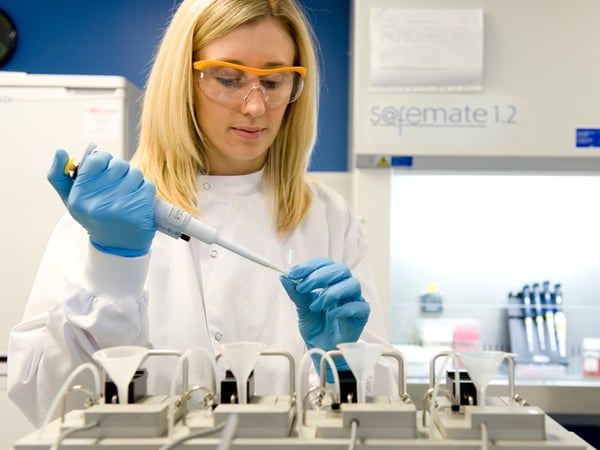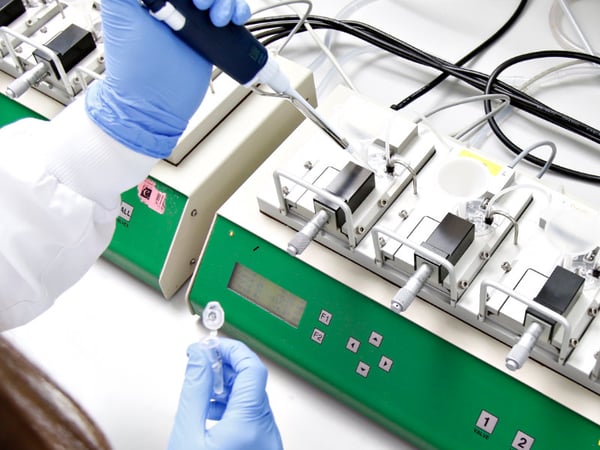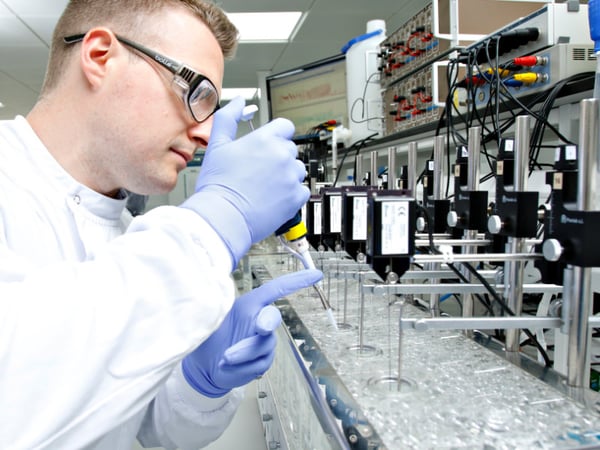Species Comparison Assays
It is recognized that there is an over-reliance on animal models in preclinical drug discovery and that that the prediction of clinical effects in humans remains poor, in particular with respect to the demonstration of efficacy in humans and the translation from preclinical species. Our ability to perform comparative ex vivo studies across a range of tissue types and disease models, can highlight potential species differences early in the drug development process and provide a bridge between animal and human datasets.
We offer comparative species assays across a wide range of tissue types, including but not limited to respiratory and cardiovascular tissues. Some of our most common comparisons and examples of the similarities and differences between humans and animals are highlighted below.

A review of the literature showing differences in responsiveness of bronchi from various species — no animal model accurately predicts the human response to bronchoconstrictors.
Explore our Species Comparison Assays

Respiratory
Our scientists can compare the effects of your test compounds on the constriction or relaxation of animal and human airways (bronchi). We can also assess species differences in airway inflammation, using our ex vivo precision-cut lung slice (PCLS) and parenchymal explant models.

Cardiovascular
Many drugs have been shown to have a direct effect on cardiac function, but cardiac safety data generated in animals do not always mimic the human drug response. Our scientists can provide species comparison assays to determine whether your cardiac safety data will translate to humans.

Genitourinary
Our scientists can provide studies in human and rat uterine tissue to identify species differences in uterine contractility. Animal tests measuring uterine contractility may not fully reflect the human response.


.jpg?width=756&height=425&name=Untitled%20design%20(5).jpg)